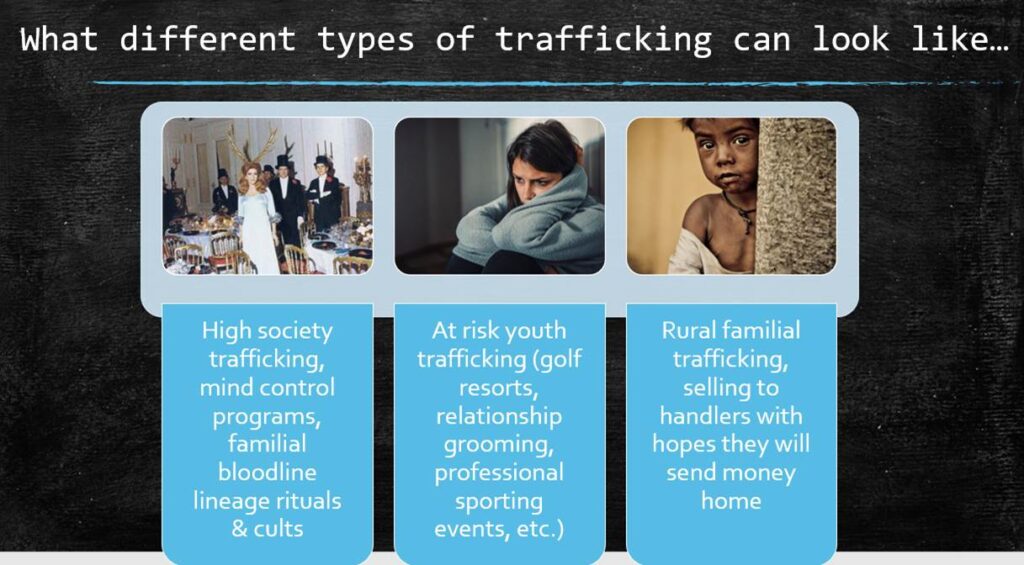National Human Trafficking Awareness Month: A Call to Action
Happy New Year, friends! As we step into 2025, it’s important to remember that January is National Human Trafficking Awareness Month. This topic may be uncomfortable, but facing it is crucial to making a positive impact for survivors.
For over a decade, I’ve worked closely with survivors of human trafficking—a cause deeply personal to me. My background includes experiences in and around the sex industry, familial trauma, and interactions with law enforcement and social services. Tragically, this reality claimed the life of one of my cousins, leaving an indelible mark on my heart.
If you feel called to help, the first step is education. Here’s a brief overview of sex trafficking:
- Definition: The exploitation of individuals by force or coercion for sexual acts, with payments benefiting traffickers, not victims.
- Prevalence: Trafficking exists in every state and across all demographics. Children are particularly vulnerable, with 1 in 5 victims being minors.
- Local Impact: Even affluent areas are hubs due to high demand and accessible interstates.
- Forms: Trafficking takes many shapes, from familial abuse and brothels to forced labor and pornography.

Sex Trafficking Topics to Consider
- Cultural Impact: Similar to eating disorders which can be perpetuated by culture, the sex industry is impacted by culture with increased sexual objectification and violence toward women and children.
- Victims’ Ages: Most survivors are trafficked between the ages of 12-17 years, but children at a younger age, even infancy, are sold and trafficked.
- Ritual Abuse: Trafficking occurs in Satanic ritual abuse (SRA) rituals, including forced abortions and the use of trafficked victims as breeders.
- Psychological Impact: Dissociative identity disorder is common amongst survivors.
- Sophistication Levels: Trafficking varies in complexity, from local, rural areas to elite, regulated government-level trafficking. Some cases involve Satanic ritualistic abuse, human and animal sacrifices, and mind control programming.
- Barriers to Seeking Help: Fear of traffickers, law enforcement, sophisticated layered programming, and language barriers prevent survivors from seeking help.
Signs of Trafficking Victims
Victims may exhibit some or all of the following behaviors or characteristics:
- Appearing malnourished
- Appearing injured or showing signs of physical abuse
- Avoiding eye contact, social interaction, and law enforcement
- Responding in rehearsed or scripted manners
- Lacking personal identification documents and possessions
- Missing school, exhibiting sudden behavior changes, or deferring to a handler
Statistics
- Nearly 200,000 trafficking incidents occur annually in the U.S., but many cases go unreported.
- Conservative estimates indicate at least 150 million Satanic ritual abuse survivors worldwide.
- The top 10 U.S. states for trafficking include Nevada, Mississippi, Florida, Georgia, Ohio, Delaware, California, Missouri, Michigan, and Texas.
Impact on Victims
Trafficked victims may be exploited for sexual acts 10-12 times or more per day and typically face a much-shortened lifespan.
How You Can Help
Self-Reflection: Real change begins at the heart. Men, consider how habits like pornography consumption fuel trafficking. Seeking therapy or accountability can make a powerful difference.
Faith and Action: The church isn’t a building—it’s people. Pray for guidance to combat trafficking and support survivors. Healing begins with understanding trauma and dissociation. Resources like Trauma and Dissociation-Informed Psychotherapy by Elizabeth Howell can help professionals support survivors effectively.
For Survivors: Journaling, safe therapeutic support, and exploring a relationship with your Heavenly Father can aid in healing. For those harmed within religious settings, deconstructing harmful teachings and reconstructing under truth is vital.
Together, we can combat trafficking and offer hope to those affected. Let’s commit to being informed, compassionate, and active in this fight.

